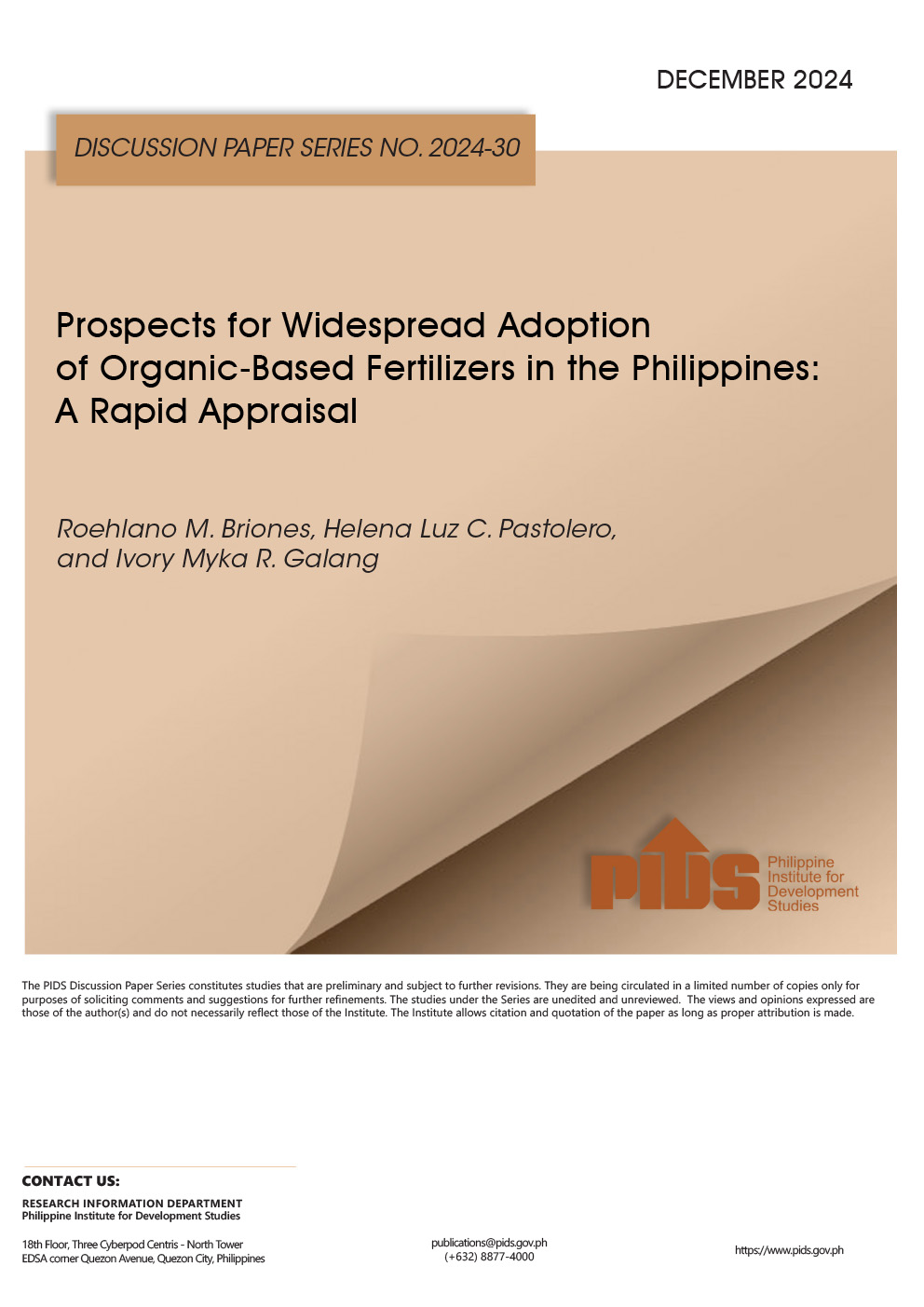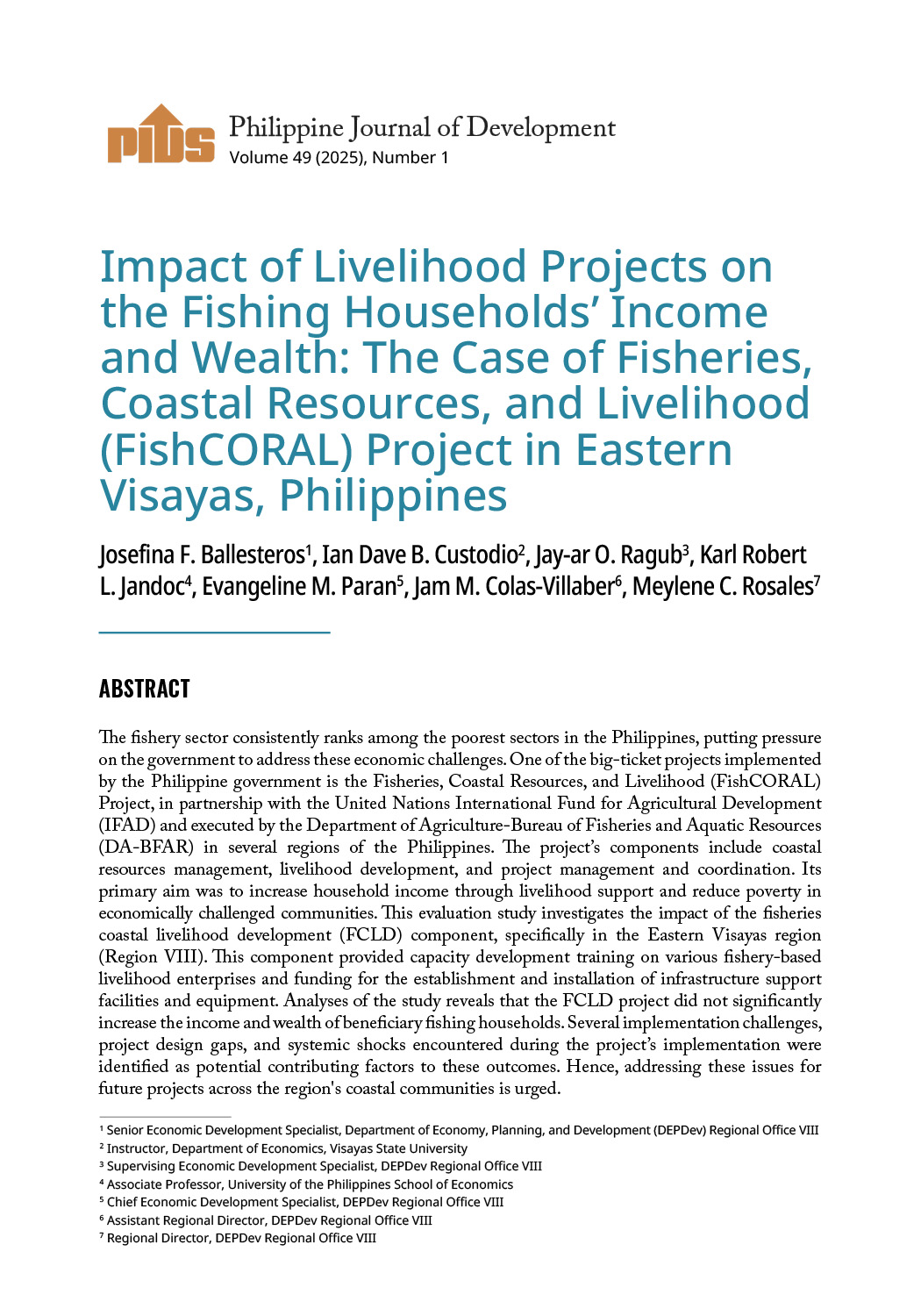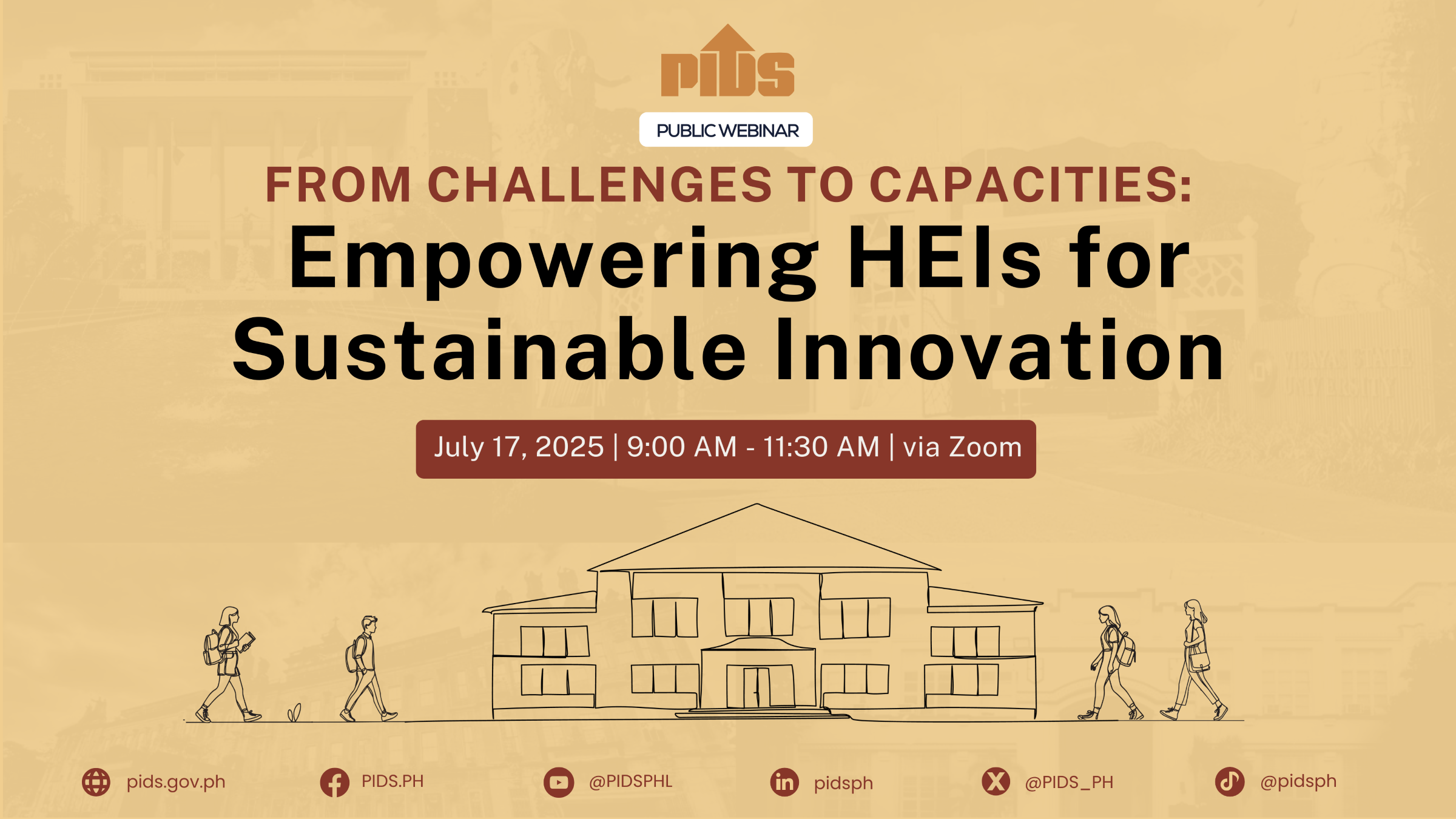In time for Senate committee hearing on rice subsidies, dozens of protesters trooped to the gates of the Senate of the Philippines in Pasay City, June 14, to denounce the government’s rice importation policies.
;Agrikultural na bansa ang Pilipinas, at kayang-kaya nating likhain ang mga pagkaing ini-import natin (The Philippines is an agricultural country, and we have all the means to grow the amount of food that we currently import),” said Zen Soriano, national spokesperson of watchdog Bantay Bigas.
Rice importation has been detrimental to the livelihood of local Filipino farmers, who are forced to sell their palay harvest to local private traders at low prices to compete with the imported rice, Soriano added.
Urban poor groups have also expressed dissent over government policies that keep rice prices high. They simply could not afford local rice from the National Food Authority (NFA) pegged at around P30 to P35 (less than US $1) per kilo, all the more imported rice which are more expensive, said Inday Bagasbas of Kalipunan ng Damayang Mahihirap (Kadamay).
Tapos hindi mo pa makain itong NFA – mabaho at madaling mapanis (Besides, one cannot easily eat NFA rice because it smells and is prone to spoilage),” she added. She said rice importation is not the solution to lower rice prices in the local market.
;The government’s rice trade liberalization and importation policy coupled with state-abandonment of local rice production is the main culprit behind skyrocketing rice prices in the local prices. [Rice importation] will only pave the way for massive smuggling and flooding of imported rice in local market that kills our rice farmers and local rice industry,” Bagasbas also said in a statement.
President Rodrigo Duterte in April fired NFA Undersecretary Halmen Valdez over issues on rice importation policies. Duterte said he wanted to “protect” the Filipino rice industry, and rice importation would only compete with local farmers’ products.
However, Cabinet Secretary Leoncio Evasco, Jr. who oversees NFA operations, stands firm that there is a need for the country to import rice, and even extended the deadline of rice importation by private traders from March 31 to June 30, despite the forthcoming harvest season.
Meanwhile, the protesters also denounced the proposal to lift the quantitative restrictions (QR) on rice importations this July, pursuant to the World Trade Organization (WTO)’s Agreement on Agriculture.
Under certain clauses, WTO requires countries to import minimum quantities of agricultural products through minimum access volume (MAV). From 2012 to 2015, MAV for rice importation has drastically increased from 350,000 metric tons to 805,200 metric tons, according to Bantay Bigas
Independent think tank Ibon Foundation said lifting the QR would double rice import volume in the coming years. The 2.2 million metric tons being imported today may increase to 4.4 million metric tons by 2022, said Ibon Foundation, citing an independent study by Philippine Institute for Development Studies (PIDS).
Ultimately, rice importation limits rice production in the country and threatens food security, said Soriano. However, it can all be attributed to the backwardness of Philippine agriculture and the lack of support from the government for a genuine agrarian reform program in the country, she added.
;We believe that the key in resolving the chronic rice crisis and the attainment of food security is the implementation of a genuine agrarian reform which includes the provision of support services. Giving proper attention to the agriculture sector, strict government regulation on rice prices in the market, and veering away from agricultural liberalization will pave the way for greater local production and the realization of sufficient, safe, and affordable rice,” Soriano said.
;Agrikultural na bansa ang Pilipinas, at kayang-kaya nating likhain ang mga pagkaing ini-import natin (The Philippines is an agricultural country, and we have all the means to grow the amount of food that we currently import),” said Zen Soriano, national spokesperson of watchdog Bantay Bigas.
Rice importation has been detrimental to the livelihood of local Filipino farmers, who are forced to sell their palay harvest to local private traders at low prices to compete with the imported rice, Soriano added.
Urban poor groups have also expressed dissent over government policies that keep rice prices high. They simply could not afford local rice from the National Food Authority (NFA) pegged at around P30 to P35 (less than US $1) per kilo, all the more imported rice which are more expensive, said Inday Bagasbas of Kalipunan ng Damayang Mahihirap (Kadamay).
Tapos hindi mo pa makain itong NFA – mabaho at madaling mapanis (Besides, one cannot easily eat NFA rice because it smells and is prone to spoilage),” she added. She said rice importation is not the solution to lower rice prices in the local market.
;The government’s rice trade liberalization and importation policy coupled with state-abandonment of local rice production is the main culprit behind skyrocketing rice prices in the local prices. [Rice importation] will only pave the way for massive smuggling and flooding of imported rice in local market that kills our rice farmers and local rice industry,” Bagasbas also said in a statement.
President Rodrigo Duterte in April fired NFA Undersecretary Halmen Valdez over issues on rice importation policies. Duterte said he wanted to “protect” the Filipino rice industry, and rice importation would only compete with local farmers’ products.
However, Cabinet Secretary Leoncio Evasco, Jr. who oversees NFA operations, stands firm that there is a need for the country to import rice, and even extended the deadline of rice importation by private traders from March 31 to June 30, despite the forthcoming harvest season.
Meanwhile, the protesters also denounced the proposal to lift the quantitative restrictions (QR) on rice importations this July, pursuant to the World Trade Organization (WTO)’s Agreement on Agriculture.
Under certain clauses, WTO requires countries to import minimum quantities of agricultural products through minimum access volume (MAV). From 2012 to 2015, MAV for rice importation has drastically increased from 350,000 metric tons to 805,200 metric tons, according to Bantay Bigas
Independent think tank Ibon Foundation said lifting the QR would double rice import volume in the coming years. The 2.2 million metric tons being imported today may increase to 4.4 million metric tons by 2022, said Ibon Foundation, citing an independent study by Philippine Institute for Development Studies (PIDS).
Ultimately, rice importation limits rice production in the country and threatens food security, said Soriano. However, it can all be attributed to the backwardness of Philippine agriculture and the lack of support from the government for a genuine agrarian reform program in the country, she added.
;We believe that the key in resolving the chronic rice crisis and the attainment of food security is the implementation of a genuine agrarian reform which includes the provision of support services. Giving proper attention to the agriculture sector, strict government regulation on rice prices in the market, and veering away from agricultural liberalization will pave the way for greater local production and the realization of sufficient, safe, and affordable rice,” Soriano said.












